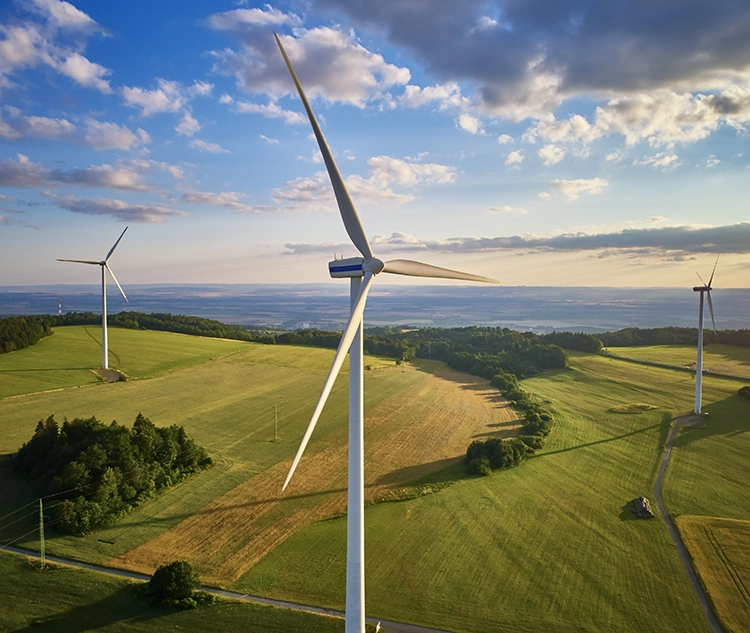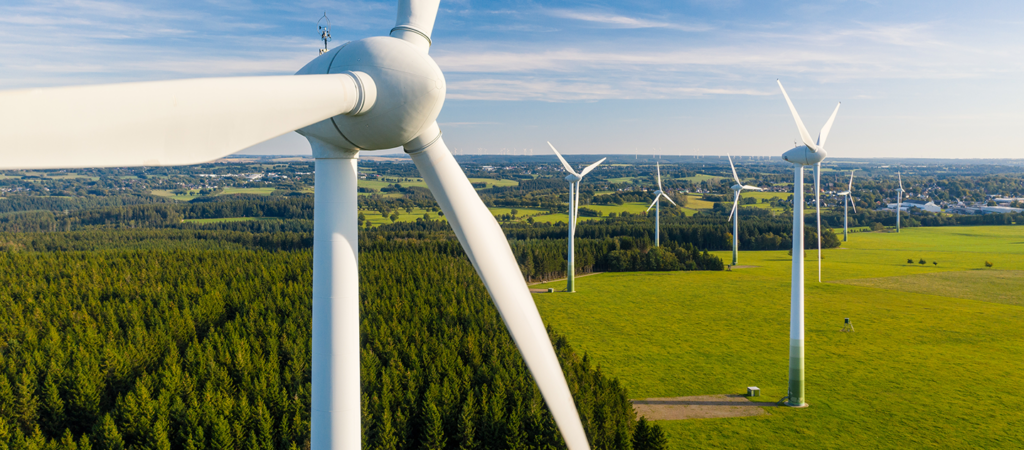
Clean Energy Safety
Our safety standards support the development of sustainable energy technology and the safe distribution, transmission, and storage of energy for a more sustainable future.
What is the Risk to You?
Dependence on fossil fuels for energy can negatively impact people and the environment. UL Standards & Engagement supports clean energy technology through standards that address every point of the clean energy value chain — from generation to distribution, storage, and consumption.
By the Numbers
Hover over each stat below to learn about clean energy advancements and their impact on your daily life.
Keep reading to explore examples of the power of clean energy safety from people just like you.
Standards in Action
A safety standard is like an instruction manual put together by experts to guide the testing of products, services, and systems to make them safer for you.
ULSE has standards for wind and solar energy products that help make these renewable sources safe and accessible for homes and communities.
Accelerating the Clean Energy Future
The need for clean energy has never been greater. Climate change has unveiled significant public safety risks and a dire need for more sustainable, environmentally friendly power. As the connection between our environment and safety becomes clearer, UL Standards & Engagement is working to protect property, people, and the planet.
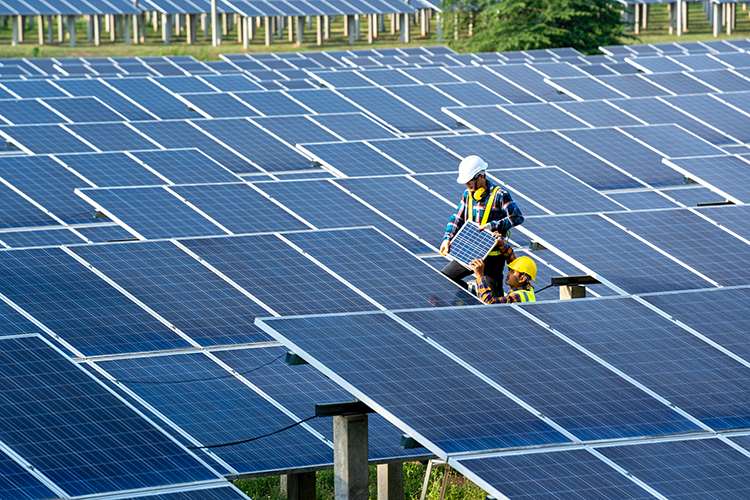
Clean Energy Safety Resources
We are committed to improving the safety of clean energy generation, use, distribution, and storage — and it starts with education. Explore these resources to equip yourself with the knowledge you need to advance clean energy safety.
-
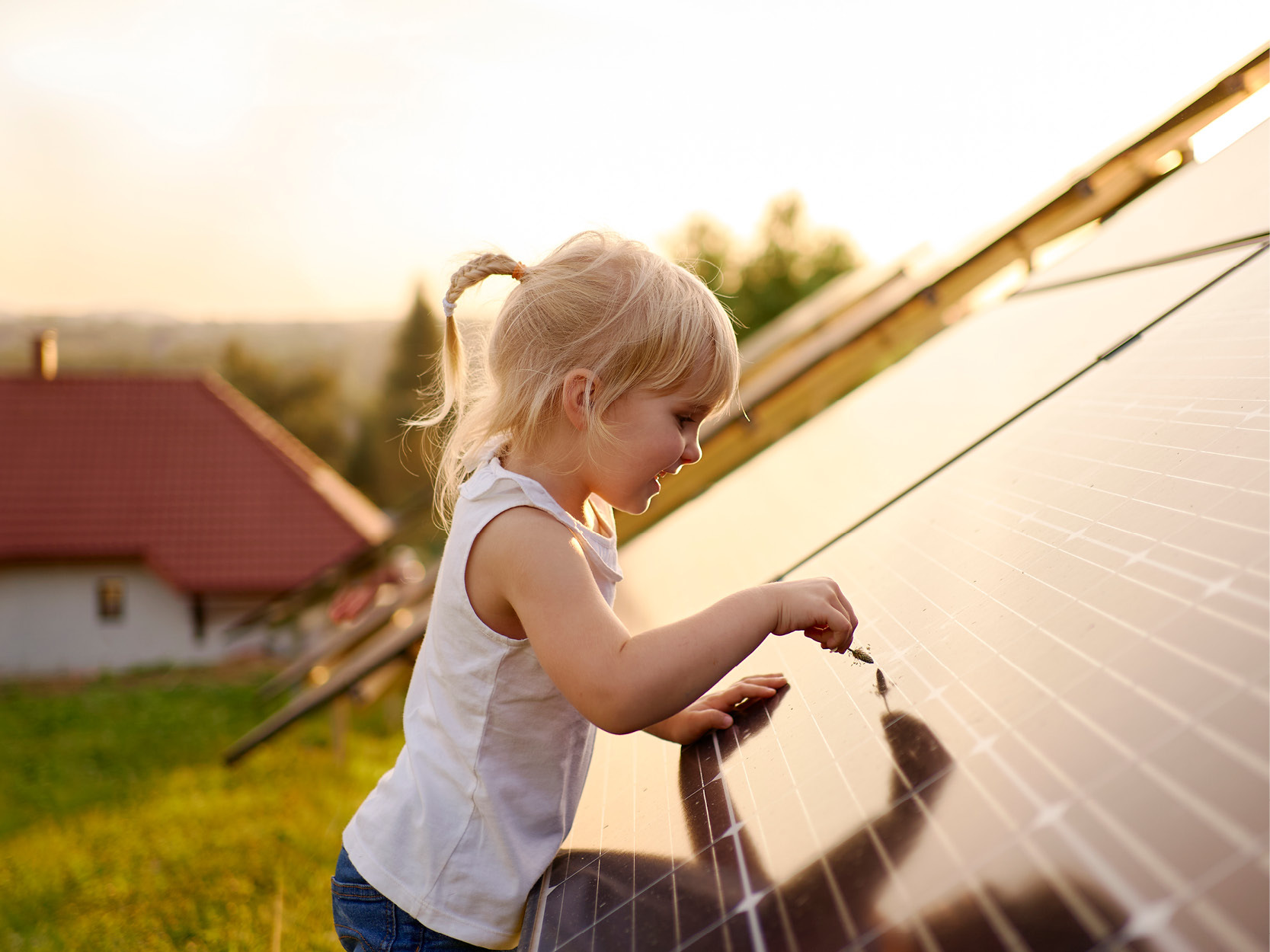
Consumers Turn to Government and Industry to Lead Efforts on Growing Environmental Concerns
Find out what consumers identify as their top sustainability concerns and the solutions they seek.
-
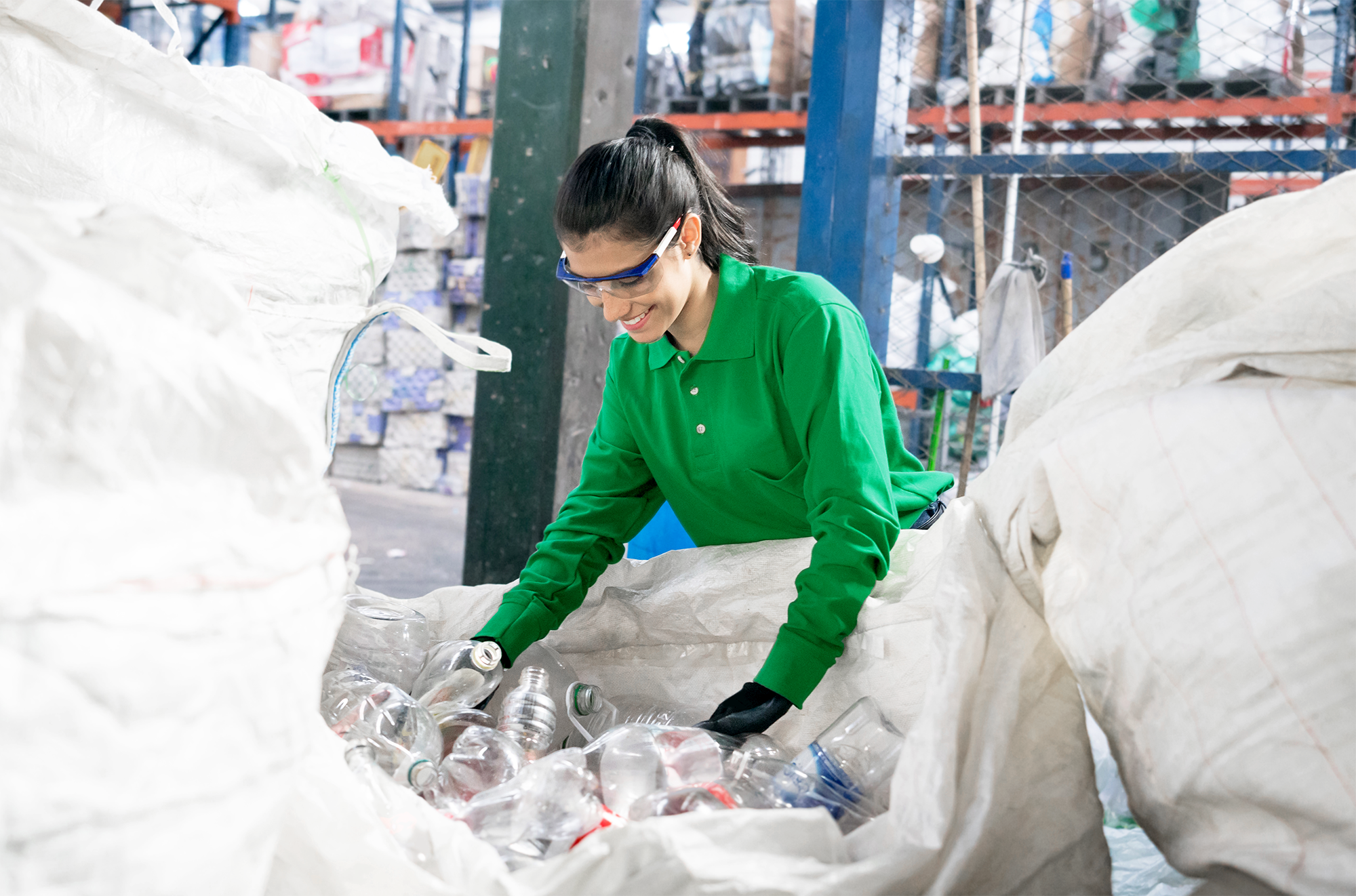
UL 3600 and the UN SDGs
On Jan. 9, 2023, UL Standards & Engagement published the first edition of UL 3600, the Standard for Measuring and…
-
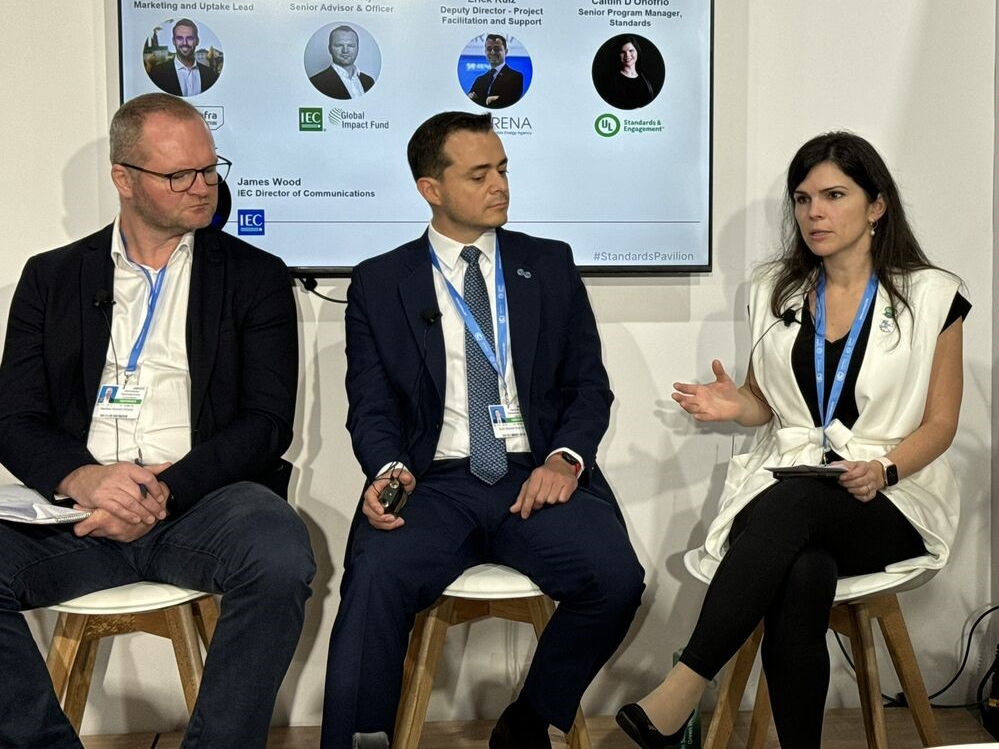
ULSE’s Sustainability Program Goes Global at COP29
A research report issued earlier this year by UL Standards & Engagement found that American adults have broad support…
Frequently Asked Questions
Education can be one of our greatest assets in supporting the development and use of clean energy. Continue reading to find common questions about clean energy and learn how to mitigate your risk.

most commonly asked
Who should lead the clean energy transition?
According to a recent ULSE survey, consumers want to see industry and advocacy groups champion sustainability efforts and feel these groups should be playing a larger role in leading the clean energy transition. Consumers are looking for influential groups to spearhead the clean energy transition, including government agencies (55%), energy and utility companies (53%), and policymakers at various levels of government (52%).
What motivates consumers to install solar panels, and what’s the adoption rate?
According to ULSE surveys, 11% of U.S. homeowners have installed solar panels, and 33% are seriously considering installation. The primary motivation is saving money on energy bills (75%), followed by environmental concerns (63%), tax incentives (50%), and increasing home value (42%).
Safety standards help reduce the risk associated with solar panels. For example, UL 3741, Photovoltaic Hazard Control, helps protect firefighters from shock hazards on rooftops with solar panels.
How do consumers feel about renewable energy safety and reliability?
According to a recent ULSE survey, while 61% believe renewable technologies will positively impact life, there is notable concern about grid reliability, with 32% worried about how renewable energy development might affect the national electric grid’s resilience.
What are the biggest environmental concerns for consumers?
According to a recent ULSE survey, increasing the use of renewable and alternative energy sources such as solar or wind is a top concern (20%) or one of several important concerns (40%) for consumers. On average, 61% of respondents believe that the advancement of solar, wind, and hydrogen energy technologies will positively influence aspects of life.
Spotlight
Clean Energy Safety Standards
Safety standards have the power to save lives. Explore UL standards that improve our energy safety.
Our catalog includes more than 1,700 safety standards and documents that are regularly updated and added to. Click below to keep exploring how our standards are making the world safer for you.
Get Involved
The best standards are made possible by diverse voices and deep collaboration. Be part of the process by helping inform the next generation of standards.

Technical Committees
Each TC is a diverse group of experts representing a broad range of perspectives and interests, including consumers, manufacturers, regulators, supply chain professionals, and more.
As a TC member, you will review proposals for new or revised standards and work collaboratively to achieve consensus through balloting in our transparent process.

Stakeholders
Stakeholders can submit, review, and comment on proposals for new standards or revisions to existing standards. While these individuals cannot vote, the TC considers their input during the standards voting process. Since standards affect everyone, all are welcome to participate as stakeholders. Register online through our Collaborative Standards Development System, CSDS.
